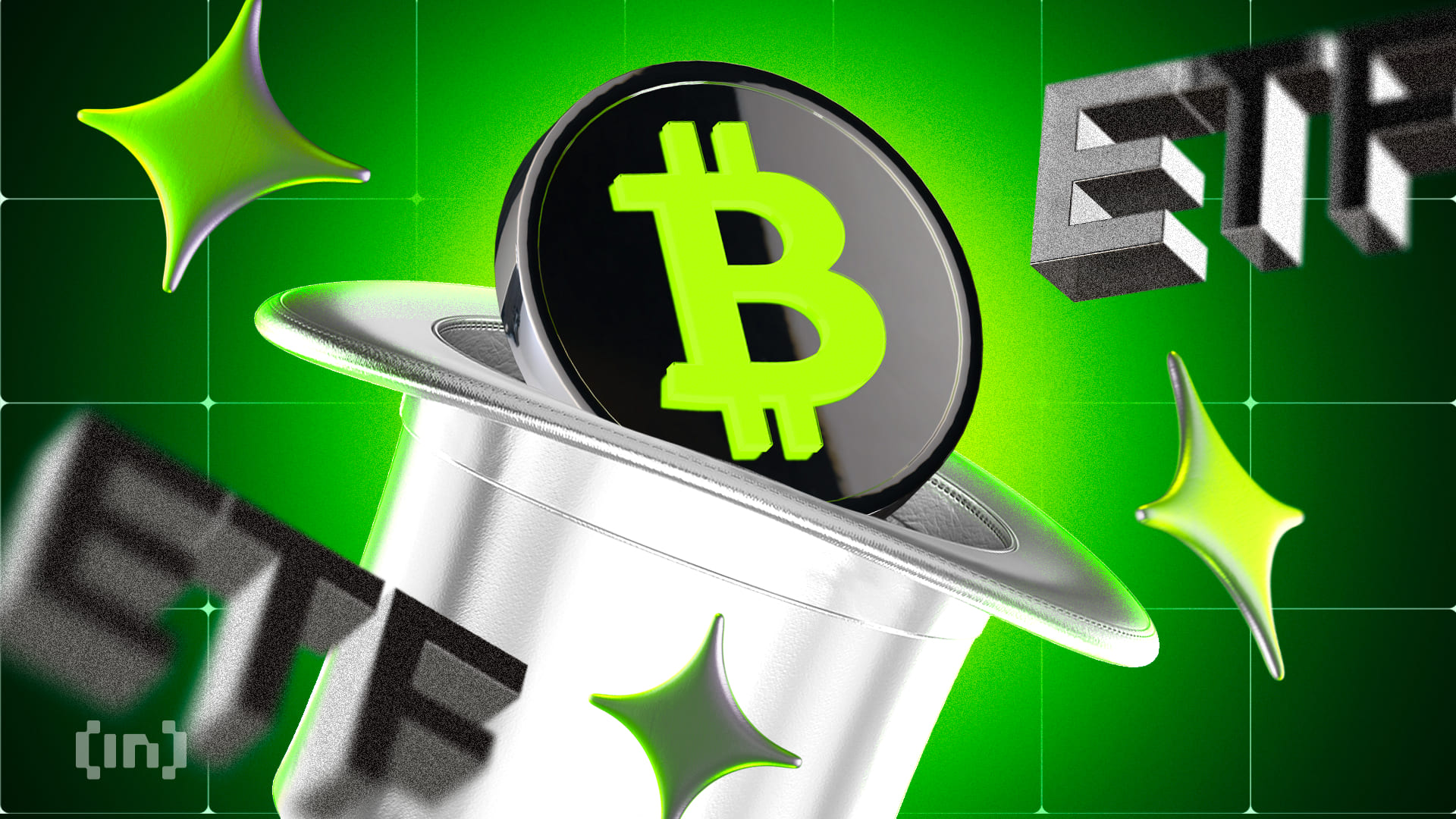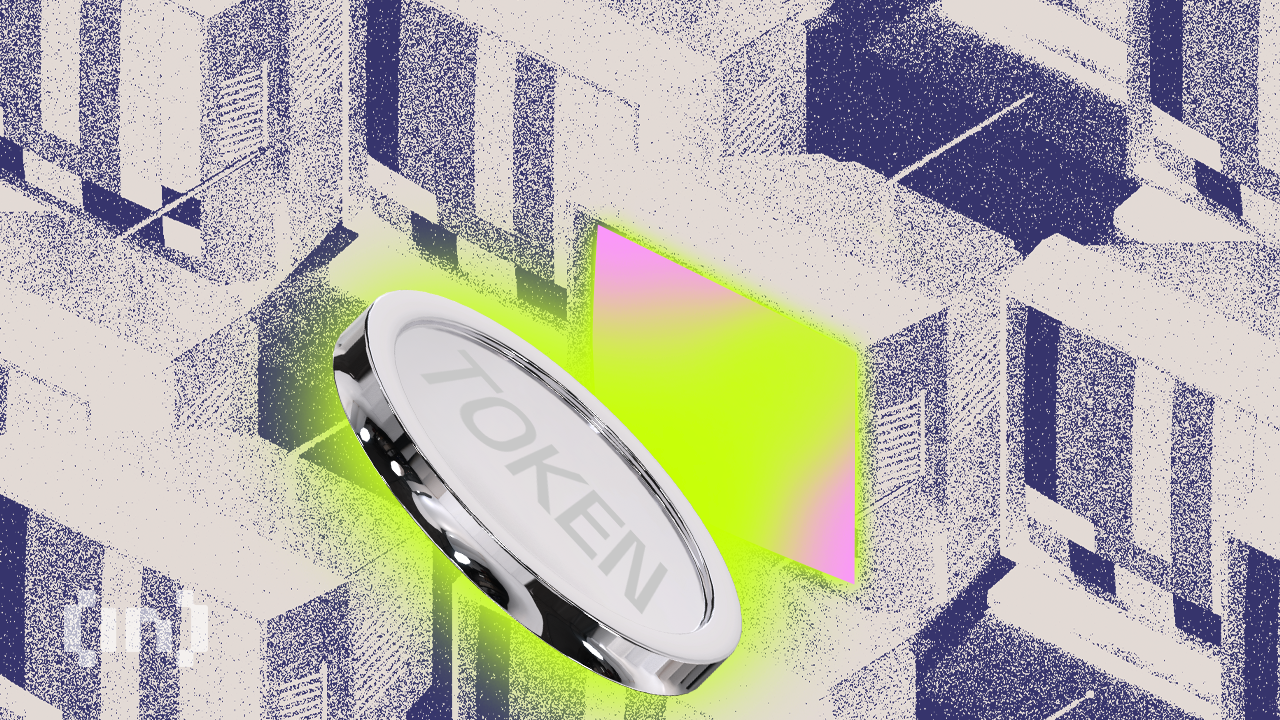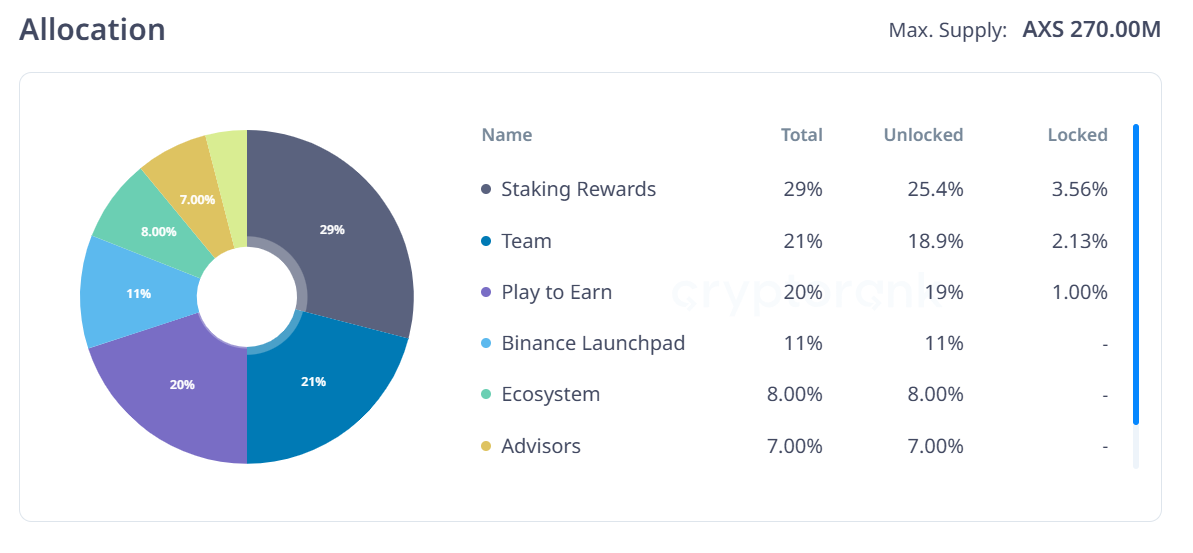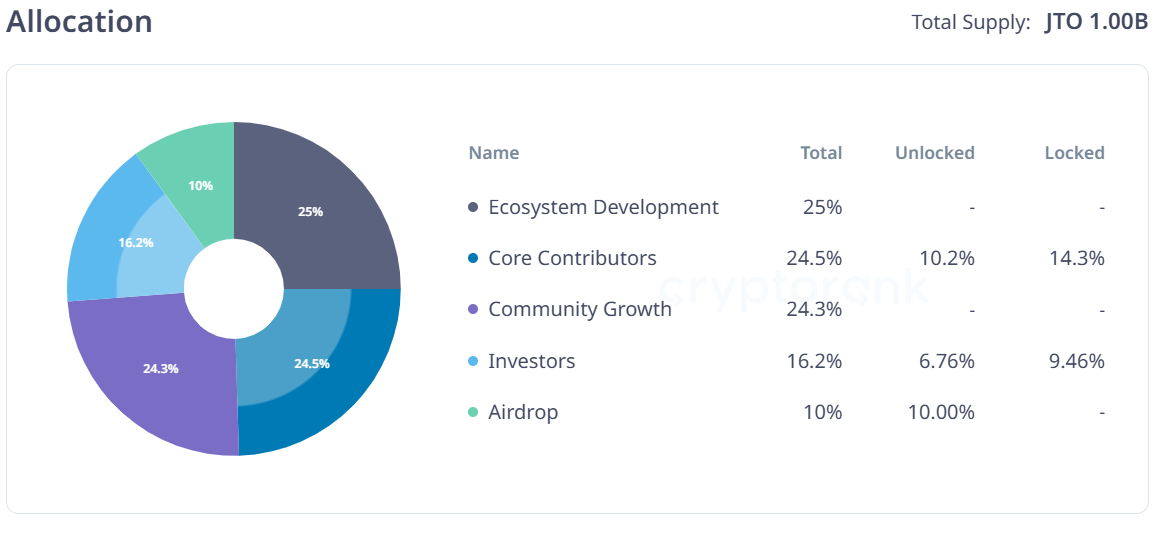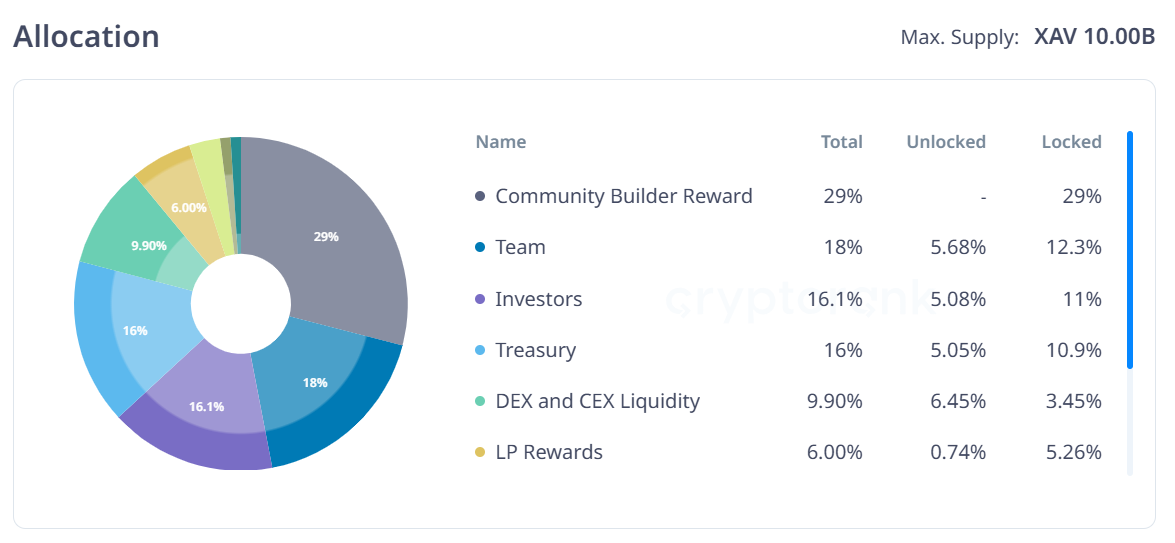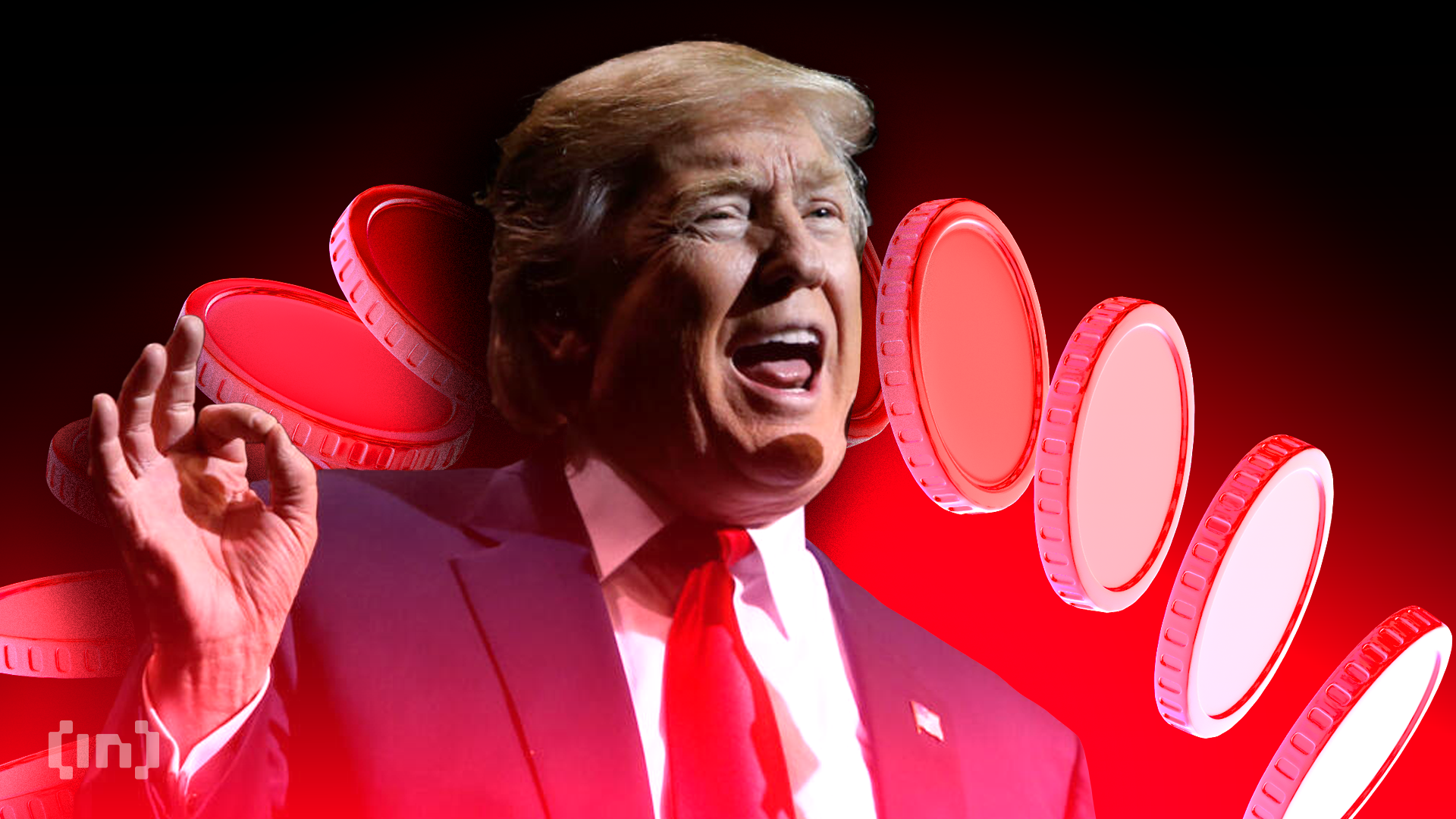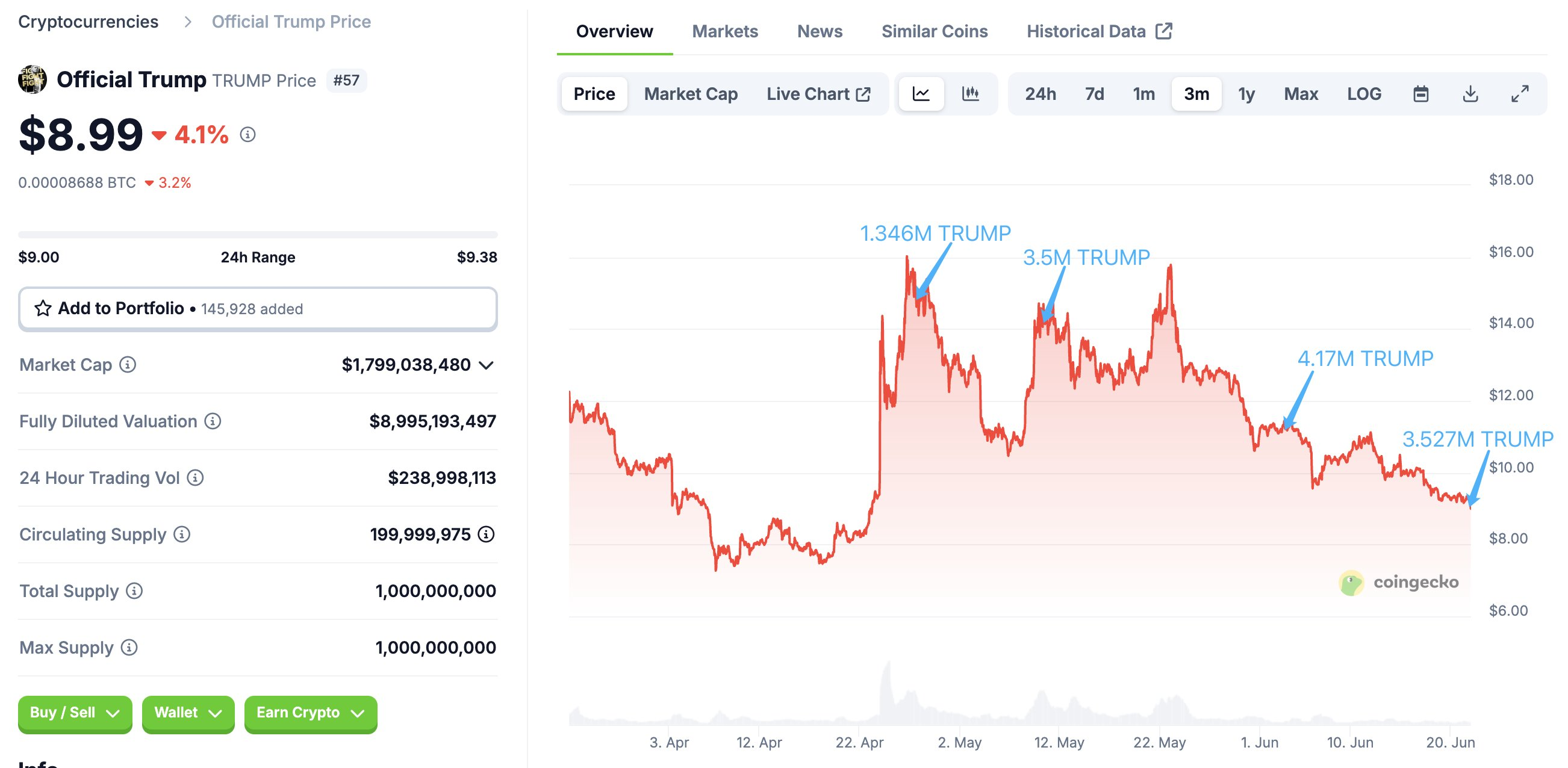Yesterday, Bitcoin exchange-traded funds (ETFs) saw significant inflows, marking the third consecutive day of net positive flows.
With BTC now trading back above the $90,000 mark, signs point to renewed institutional interest, as major players appear to be piling back into the market after weeks of caution.
BTC ETF Inflows Jump 146% in a Day
On Wednesday, net inflows into US-based spot Bitcoin ETFs surged to $936.43 million, a 146% jump from the $381.40 million recorded the previous day.

This also represented the largest single-day inflow since January 17, signaling a notable resurgence in institutional demand for BTC exposure.
Ark Invest and 21Shares’ ETF ARKB led the inflow charge, recording the highest daily net inflow of $267.10 million, bringing its total cumulative net inflows to $2.87 billion.
Fidelity’s ETF FBTC followed with a net inflow of $253.82 million. The ETF’s total historical net inflows now stand at $11.62 billion.
BTC’s Price Pumps, But Derivatives Traders Bet on a Fall
On the derivatives side, open interest in BTC futures has also climbed, reflecting the increased trading activity and speculative positioning as the coin attempts to stabilize above $90,000.
BTC trades at $93,548 at press time, noting a 6% price surge over the past day. During the same period, its futures open interest has also risen by 16%. As of this writing, it stands at $67.19 billion, its highest level since January 24.

When an asset’s price and open interest rise simultaneously, it signals strong conviction behind the move. It means more capital is entering the market to support the uptrend.
However, not all indicators point to bullish sentiment.
Despite BTC’s price surge over the past day, the funding rate remains negative, suggesting that traders are paying a premium to short the coin in the futures markets. The coin’s funding rate is currently at -0.01%.

BTC’s negative funding rate means that shorts are paying longs to keep their positions open. This indicates that more traders are betting against BTC’s current rally and are anticipating a bearish reversal.
Additionally, the put-to-call ratio leans bearish. This confirms waning investor confidence and expectations of downward price movement among BTC options traders.

With BTC hovering above a key psychological level and institutional inflows rising, the coming days could reveal whether this momentum holds.
The post Bitcoin ETF Inflows Hit 3-Day Streak: Smart Money or Bull Trap? | ETF News appeared first on BeInCrypto.

